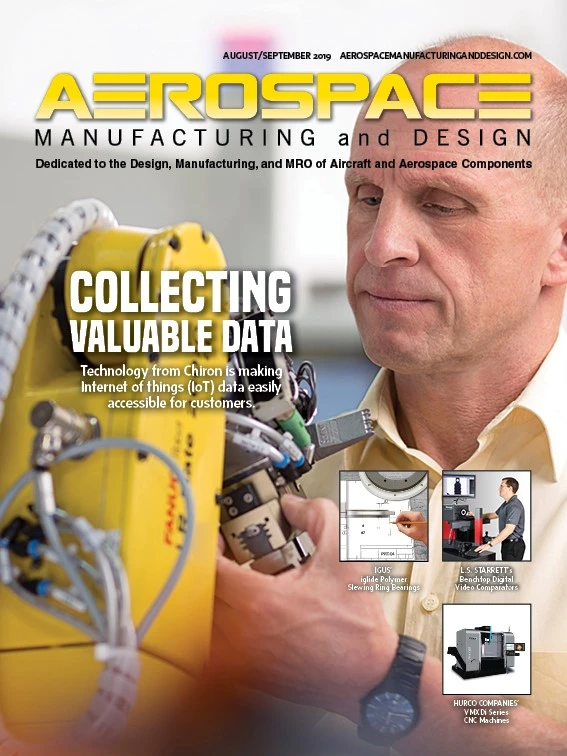
There was a different vibe at this year’s Paris Air Show. Boeing’s ongoing efforts to recertify its 737 MAX jetliners for flight overshadowed the company’s usual numbers game with Airbus, where every firm order, letter of intent, or memorandum of understanding was cause to issue a press release (for the numbers, please see my Paris Air Show article beginning on page 12). Instead, I noticed more focus on the future of aviation – electrification, autonomous air vehicles, digitization, and plans to return to supersonic flight.
Much of the predicted future of aviation – air taxis, autonomous air vehicles, and personal mobility solutions – depends on establishing and maintaining robust data security. The systems affected include the electric grid, communications networks, navigation, air traffic and surveillance radar, engine and flight sensors, passenger screening, and physical access to airplanes.
Todd Probert, Raytheon Co. vice president in intelligence, information, and services told me that any part with a networked sensor is a potential penetration point for a cyber attack. A pedigree for data – blockchain is one method to maintain data integrity – allows security from materials source to CAD file, to production and installation, all the way through to parts scrapping. Probert says another key is cyber resiliency, so when the inevitable hacking occurs, quick recovery with minimal disruption is possible.
Another discussion I had was with Robin Lineberger, aerospace and defense principal for consulting firm Deloitte. He points out that elevated mobility – air taxis, cargo drones, electric vertical take-off & landing (eVTOL) aircraft, etc. – will require a massive scaling-up of all the systems that make it possible.
Are there enough commercial off-the-shelf collision avoidance systems available? How about fly-by-wire flight control systems? Energy management systems? Artificial intelligence processors to determine if it is safe to fly? An industry that requires such units in the hundreds or thousands per year now will need to provide 10,000 or more per year to realize the mobility dream in the next few decades. Is the aerospace supply chain able to respond with such volumes? Is the automotive world a source for these systems? Is there a structure to deploy and manage the investment capital needed to finance production of all these components?
Then there are questions of who will win the race to maximize electric propulsion-motor weight and efficiency. What energy management (batteries, recharging) schemes make most sense? Where will the charging, operating infrastructure be located to avoid congestion? What business models (ride sharing, fractional ownership, private fleets) will be most profitable? What skillsets will be required to produce and maintain these vehicles? Lineberger and others are carefully assessing the market to answer these questions. What they learn will steer development of air mobility for years to come. – Eric

Explore the August September 2019 Issue
Check out more from this issue and find your next story to read.
Latest from Aerospace Manufacturing and Design
- AAMI project call submission deadline extended to May 12
- Jergens launches cast iron tooling column additions
- Airbus to acquire assets relating to its aircraft production from Spirit AeroSystems
- FANUC America's Cobot and Go web tool
- Chicago Innovation Days 2025: Shaping the future of manufacturing
- High-density DC/DC converters for mission-critical applications
- #59 - Manufacturing Matters: Additive manufacturing trends, innovations
- ACE at 150: A legacy of innovation and industry leadership





